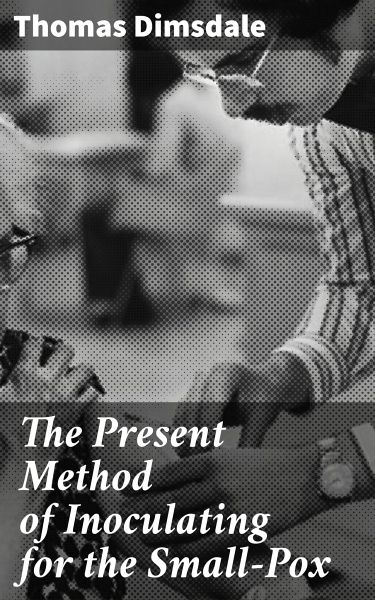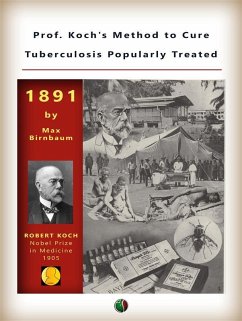
The Present Method of Inoculating for the Small-Pox (eBook, ePUB)
To which are added, some experiments, instituted with a view to discover the effects of a similar treatment in the natural small-pox
Sofort per Download lieferbar
0,49 €
inkl. MwSt.
Weitere Ausgaben:

PAYBACK Punkte
0 °P sammeln!
In "The Present Method of Inoculating for the Small-Pox," Thomas Dimsdale meticulously explores the practice of inoculation as a means of combating smallpox, a devastating disease of his time. Written with a didactic approach, Dimsdale employs clear, accessible language enriched with empirical observations and detailed case studies. His work not only chronicles the techniques of inoculation but also delves into the social and medical discourses surrounding smallpox, reflecting the Enlightenment's clash between tradition and emerging scientific methods. Positioned within a growing body of medic...
In "The Present Method of Inoculating for the Small-Pox," Thomas Dimsdale meticulously explores the practice of inoculation as a means of combating smallpox, a devastating disease of his time. Written with a didactic approach, Dimsdale employs clear, accessible language enriched with empirical observations and detailed case studies. His work not only chronicles the techniques of inoculation but also delves into the social and medical discourses surrounding smallpox, reflecting the Enlightenment's clash between tradition and emerging scientific methods. Positioned within a growing body of medical literature, Dimsdale's treatise exemplifies the period's commitment to empirical research and public health advancement, marking a pivotal moment in the evolution of preventive medicine. Thomas Dimsdale, a prominent English physician active in the 18th century, became a leading advocate for inoculation after witnessing its success in other regions. His experiences and observations in the field profoundly shaped his perspectives on public health and disease prevention. Motivated by a desire to alleviate the suffering caused by smallpox'Äîa disease that claimed countless lives'ÄîDimsdale's dedication to medical innovation is reflected in his detailed and practical guide. This landmark work is highly recommended for historians, medical practitioners, and anyone interested in the origins of vaccination and public health strategies. Dimsdale'Äôs insights not only provide a window into 18th-century medical practices but also offer timeless lessons on the importance of innovation and public health awareness.
Dieser Download kann aus rechtlichen Gründen nur mit Rechnungsadresse in A, B, BG, CY, CZ, D, DK, EW, E, FIN, F, GR, H, IRL, I, LT, L, LR, M, NL, PL, P, R, S, SLO, SK ausgeliefert werden.













